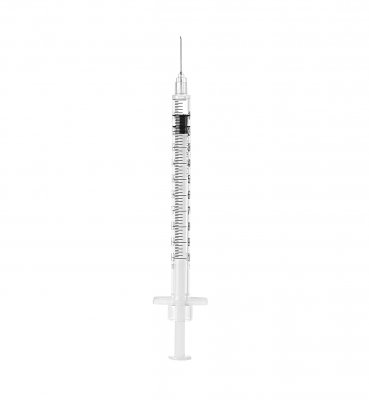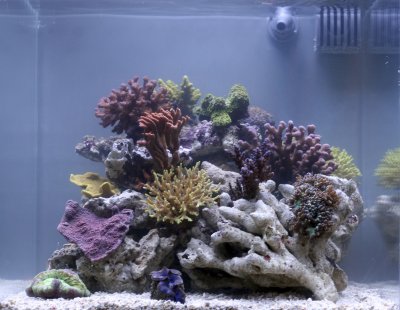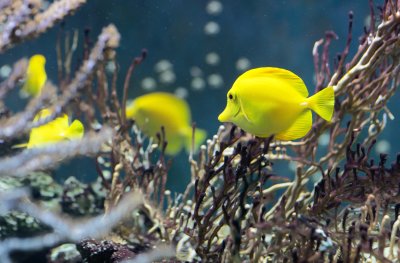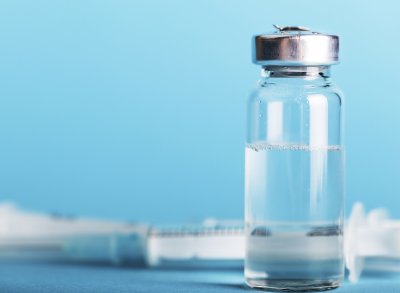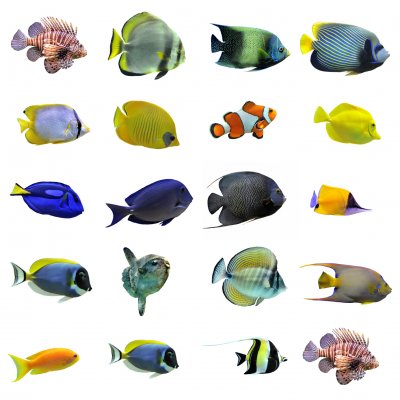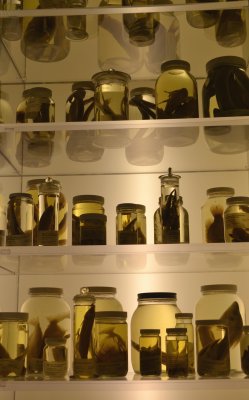In 2010, Dr. Dhai Xu of the American Chemical Association stated, “Outbreaks of external parasitic disease can result in losses of 50-100% of aquarium livestock.” He went on to say that marine and freshwater ich are so common, that nearly every home aquarist or commercial aquaculture facility has been effected by it. Xu reminded everyone that once an external parasite adheres to a fish’s skin, there is really no treatment that is entirely effective against it. Both the parasites’ life-cycle and the closed environment of a marine aquarium favor repeated infestation. According to Xu, external piscine parasites account for $ 50 million dollars in losses annually when combining home aquarist’s losses with those in commercial aquaculture.Dr. Xu was speaking at the 240th National Meeting of the American Chemical Association which took place in 2010. Excitement permeated this particular event because Xu and his team were announcing progress in what could be a life-long ich vaccine, effective for both marine and freshwater fish. Since ich is the most common external parasite encountered in aquaculture and home aquaria, it was believed the vaccine would reduce yearly livestock mortality rates by at least 50%, if not more.
Everyone was hopeful, as not only would an ich vaccine save the lives of many of our beloved fish, it would also require far less medication (and thus expense) when compared to traditional treatment. Xu pointed to large aquaculture facilities that often have thousands and thousands of gallons worth of marine life. Just treating a wide-spread ich infection could require thousands of dollars’ worth of copper or formalin. The goal was to create a vaccine that fish needed only once in their life and that could be administered via a long-term dip (or bath) in the vaccinating serum. Here we are six-years later and a commercially available vaccine is no-where in sight.
During his 2010 presentation at the ACA conference, Dr. Xu pointed to specific challenges the scientists had encountered while formulating a vaccine. One issue was gaps in knowledge about how specific fish species generate an immune response to live parasites. The scientists saw that an immune response did exist, but there was no blanket response measured in varying species. Perhaps some showed a thickened mucous layer, or their bodies produced a natural antigen to the parasite, lacing the slime coat with it and thus preventing infection. Others may produce other anti-parasitic responses, but still fall victim to the parasite. Because of this, the team could find no “one-size fits all” approach for a vaccine formula. The team focused on trophonts, ich’s free swimming (and infectious) life-stage and the point at which if finds and adheres to fish tissue. The trophont stage is notable as it’s the only life-stage where medications such as copper and formalin are effective. It’s also the only life-stage where devices like UV sterilizers or ozone generators have any effect.
Scientists with the U.S. Department of Agriculture Research Science found that depending on how trophonts were killed, using them as a vaccination may, or may not, generate an immune response in fish. The study focused on a vaccination which was administered to common freshwater channel catfish. Vaccination formulas using trophonts killed with high frequency sound-waves seemed to be the most effective, as they stimulated the catfish to produce protective antibodies. The final conclusion as stated by Xu was, “This study demonstrated that vaccines against Ich induced protective immunity and could provide a unique solution to prevent this parasitic disease through vaccination.”
However, the doctor was quick to point out the studies’ flaws. First, it was done in a small laboratory setting, using only one fish species as a control group. Even at the end, the study left a host of unresolved issues on how to formulate and implement a widespread vaccination for various fish species. How could something simple like a vaccinated food or bath be administered to fish on a wide scale and remain cost effective? Immunizing fish via injection seems impractical for both large-scale aquaculture and home aquarists, but proved to be the most effective method of generating results. In 2011 the study ended with Xu expressing his hopes for future research under the Aquaculture Research Science National Program goal of “improving the health and welfare of captive aquatic animals.”
It's 2016, where is the vaccine:
Shortly after the study concluded, scientists pointed out several other widespread issues in formulating an effective and reasonable ich vaccine. One primary concern that remained was the need to individually inject each fish. This was somewhat addressed by using the sound-wave killed parasitic trophonts in a vaccine bath. Yet, the results were less than perfect. While 10% of un-vaccinated fish survived infection, only 60% survived infection once vaccinated, leaving 4 out of 10 fish dead. While it’s an improvement when compared to no vaccine, most commercial vaccinations have at least a 90% or higher rate of preventing disease. Decreasing the odds of parasitic infection by 60% would likely not be enough to encourage home aquarists or aquaculture outlets to invest in the method. Even if ich infected a fully vaccinated aquarium system, aquarists would still lose fish.
The other issue; facilities that formulate animal vaccines don’t have the resources to grow large enough quantities of freshwater and marine ich. A similar problem existed when the malaria vaccine was in development, but the dire need for the treatment was enough to accommodate funding and resource shortcomings. Ich’s life cycle makes it hard to reasonably reproduce, especially without sacrificing piscine lives to keep the parasite reproducing. Killing some fish to grow a parasite and prevent other fish from getting it blurs the lines of ARS’s 106 provision on health and welfare of captive aquatic animals. Many vaccines for mammals simply require removing the infectious agent from a virus, which laboratories can do rather efficiently. It’s also been noted that viruses are often easier to grow and maintain when compared to multi-life cycle aquatic parasites.
The immune response discussion:
We commonly see aquarists talking about their fish being immune to ich. Based on the research done by Dr. Xu and his team, along with research by other labs, it’s clear fish do have an immune response when infected by external parasites. However, Dr. Xu clearly pointed out that determining precisely what that response is, or if it actually prevents outbreak in all species, is essentially impossible. Data from Dr. Xu’s study shows that on average, 90% of untreated, ich infected fish die. Anecdotal data from home aquarists and aquaculture outlets suggest that at least 50% or more of infected fish die without treatment. Either way, an untreated external parasite infection will kill fish.
A 2014 patent for an ich vaccination:
In 2014 a US patent was awarded (Patent #: 8758774 B2) for a vaccination against marine ich and several other common aquatic diseases, most notable vibriosis. The vaccine was created by taking skin swabs from fish infected with the parasite. Cerebral spinal fluid is then removed from the infected fish and added to a fluid containing the parasite (deactivated via formalin). The mixture is then used to coat a food pellet, which is fed to fish four times per day, for a period of ten days. However, the patent data doesn’t seem to disclose how long the immunization lasts nor what fish species it has been tested on.
Various issues reported with vaccination:
There are several other articles, all from reputable sources that point to a host of issues with ich vaccines. One issue is that some vaccines are only suitable for certain species, often the test and control species from laboratory studies. Growing parasites and using cerebrospinal fluid is another issue, as it appears cerebrospinal fluid from each individual species to be vaccinated may be necessary. This means that every species of fish available to marine aquarists must undergo the painstaking process of infection, spinal fluid collection and vaccine formulation.
Considering that six years has passed since an ich vaccine was shown to be effective in channel catfish, it’s unlikely we will see a commercially available vaccine anytime soon. It’s even more unlikely that a vaccine will be released that is easy to use, possibly in the form of a pelleted food or dip (bath). However, there are hopes that as captive breeding progresses, individual fish species can have vaccinations tailored to them during the process of being captive raised. The growth of the marine aquarium hobby may be enough to secure the funding and resources to generate such vaccines; but for now, only time will tell.
Sources:
All images are public domain images provided by istock.com and morguefile.com subscription.
"Progress on vaccine for Ich, bane of fish farms and home aquarium hobbyists". Originally published August 26, 2010 by the American Chemical Society, writer: Michael Woods.
"Vaccine developed to save fish from deadly parasite". Originally published August 27, 2016 by the L.A. Times, writer: Thomas H. Maugh.
Google Patent Database, patent #: US8758774



